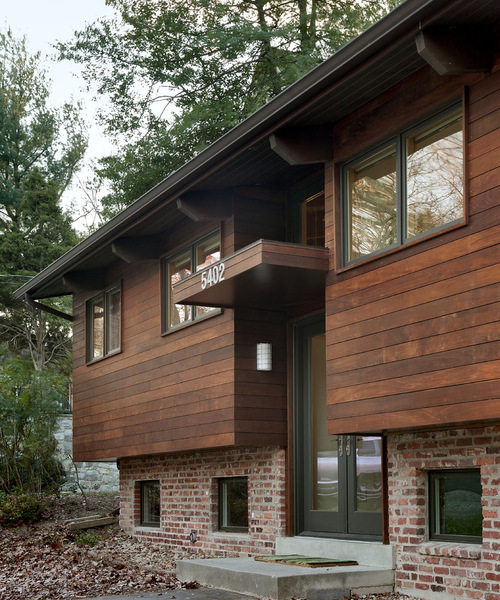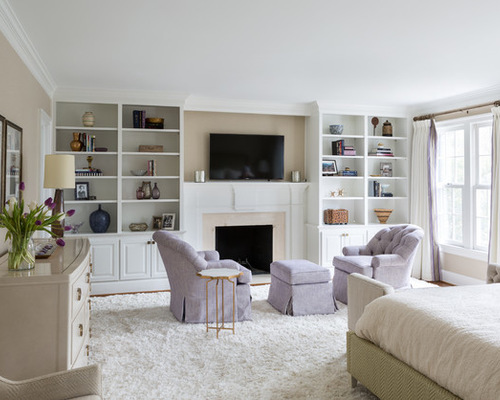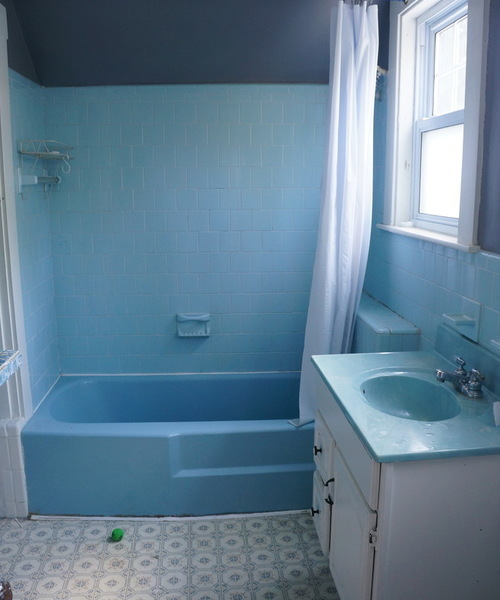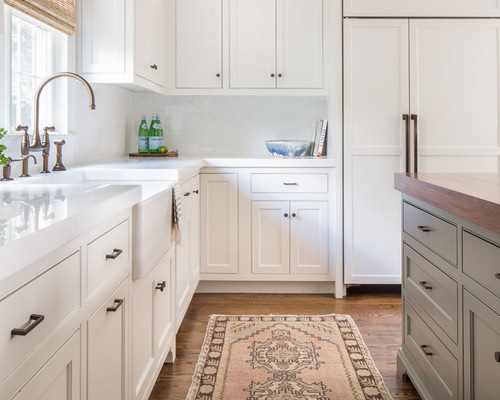We love brick. Who doesn’t? The building material of choice for ages, it is revered for its rich, organic texture, color and visual interest. And it only gets better with time, the color having more depth after baking in the sun for years.
Related: Hire a Siding and Exterior Expert Here
If you’re building or remodeling and brick will be part of your home’s exterior, it’s worth considering how different siding materials can be paired with brick to create different design and textural effects. Here we look at five distinct siding options — horizontal, shingle, board and batten, stucco and metal — that work hand-in-glove with classic brick.

Siding 1: Bennett Frank McCarthy Architects, Inc., original photo on Houzz
Horizontal Siding
Horizontal siding comes in many forms, including vinyl sheets, wood planks and fiber cement boards. It offers many design possibilities that can break up the look of dense brick and add visual interest.
1. Go wide and modern. The aesthetic of horizontal dark-stained wood siding skews modern when installed above brick on this remodeled, split-level home. This rich style of siding gives the pictured home a sleek appeal; similar siding can be used to transform a tired exterior into an updated jewel.
2. Choose a precise color match. If you’re going for a completely new look for the exterior, consider color-matching your siding and brick. The result is a cohesive main color field that gives trim and shutters a chance to stand out.
3. Create a subtle accent. The siding adds a modest decorative element on a home that might look less interesting in solid brick.

Siding 2: Brooks Ballard, original photo on Houzz
Cedar Shingles
Cedar shingles, or shakes, as they are also known, are versatile in terms of their look and how they can be installed. Whether you use real wood or a composite material, keep them natural, stain them or paint them, they can be used with brick to evoke various architectural styles.
1. Dress up a Craftsman. The shingles here are the cherry on top of this quintessentially Craftsman-style home, with its deep overhang, decorative brackets and columns. The shingles are stained to coordinate nicely with the brick at the skirting and base of the columns.
2. Be dramatic and modern. Dark colors are striking when used as the predominant color on an exterior.
3. Go beachy. This type of siding, originally used on this style of home on the East Coast, was intended to withstand a harsh Atlantic weather beating, requiring little care. If you have a brick-clad Cape Cod, the cedar shingles are a design detail you may not want to leave out.

Siding 3: Meridith Baer Home, original photo on Houzz
Board and Batten
This classic siding installation is characterized by wide, vertical wooden boards joined together with a strip of wood or “batten” covering the seam. When paired with brick, each element has enough of its own distinct visual appeal that they both shine.
Related: Outdoor Lights to Give Your Home a Welcoming Glow
1. Paint it out. In this photo, the board and batten and the brick are painted to match each other, as well as the trim and doors. This works to allow for one popping accent color on the shutters. Color matching the elements also allows the the natural lines of the vertical boards to create a subtle textural contrast with the lines of the brick.
2. Keep the eye rising. The vertical installation of board and batten siding draws the eye upward and gives the illusion of some extra height. Here’s another color-choosing trick for siding: Look to your brick’s mortar for the shade that works best with your house.

Siding 4: Studio C Architecture & Interiors, original photo on Houzz
Stucco
Another versatile material that can work well with many different architectural styles, stucco cooperates naturally with brick. Why? Their respective textures play off each other so well. The relative flatness of the stucco can work beautifully as a canvas for brick’s coarse nature and make it really stand out.
1. Layer the texture. This photo is a great example of how stucco can work as expected with brick on a very classic and traditional Tudor-style house. It also reveals the dense texture of the stucco. This material is available in finishes ranging from smooth to coarse, and layering a rougher stucco with brick’s natural surface can be an appealing look.
2. Use brick as the accent. Using the brick as an accent to the stucco is a great option in some parts of the country where brick is not as plentiful or if budget is a concern, as brick is the more expensive material of the two.

Siding 5: carterwilliamson architects, original photo on Houzz
Metal Siding
Perhaps not as ubiquitous as the other siding options, metal is a great choice for your brick house if you’re looking for something provocative and unexpected. It’s also versatile and available in many forms, and it can be installed vertically, horizontally or diagonally, depending on the look you’re after.
1. Use it as part of a design recipe. As the French mirepoix mix of celery, carrot and onion is the foundation of many culinary dishes, so the combination of metal, brick and wood often is the basis of modern architectural design. In this photo, the metal works in conjunction with the other materials to create a delightful harmony of elements, each with its own visual interest.
2. Create tension. The dark of the metal is the perfect material to play off the warmth of the red brick, providing a smart design tension between the modern and the traditional.
By Nicole Jacobs, Houzz
 Facebook
Facebook
 X
X
 Pinterest
Pinterest
 Copy Link
Copy Link


















































